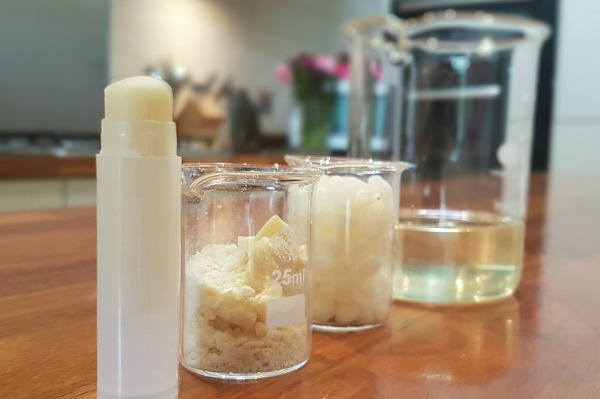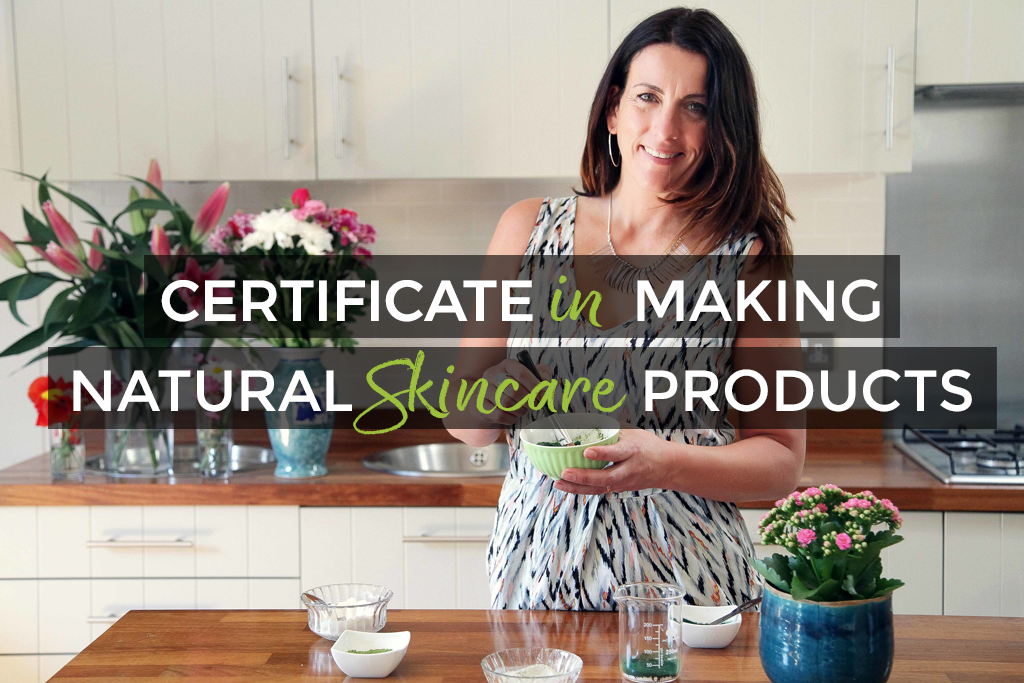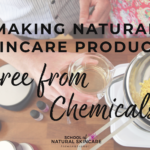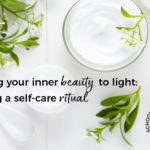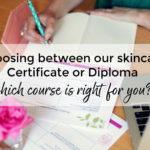Are you becoming increasingly aware of undesirable ingredients in commercial cosmetic products?
Here is a simple swap you can make: a well-known, commercial lip balm that contains mineral oil, parabens, synthetic color/fragrance, silicone and lanolin for an all-natural homemade one with just four nourishing, natural ingredients.
Behind the label: Cherry Chapstick
Here is what we found on the ingredient list:
INCI: White petrolatum 44%, Arachidyl propionate, camphor, carnauba wax, cetyl alcohol, D&C red no. 6 barium lake, fragrance, isopropyl lanolate, isopropyl myristate, lanolin, light mineral oil, menthol, methylparaben, octyldodecanol, paraffin, phenyl trimethicone, propylparaben, saccharin, white wax
As we can see from this ingredient list, this product contains:
- Mineral oil/Petroleum (White petrolatum, light mineral oil and paraffin)
- Parabens (methylparaben, propylparaben)
- Synthetic color/fragrance (D&C red no. 6 barium lake, fragrance)
- Silicone (phenyl trimethicone)
- Animal product (isopropyl lanolate, lanolin)
We discuss some reasons why you might want to avoid these ingredients in our 8 Ingredients to detox from your skincare. Of course it is completely up to whether or not you are happy to use these ingredients.
A natural alternative: Cocoa Butter Lip Balm
In our opinion there are much better, less harmful and more natural ingredients that you can use to make a lip balm.
We’re going to show you how quick, easy and inexpensive it is to make your own at home. The following recipe and tutorial are taken from our Certificate in Making Natural Skincare Products.
This recipe is a firm favourite amongst students! One got in touch recently to say,
This is a simple but wonderful recipe which you could adapt by choosing different carrier oils and essential oils. You can either use small tins or jars, or if you want to create a lip balm in a twist-up stick then you just need to vary the recipe slightly (see below). The second recipe uses more cocoa butter and wax than the first one, to create a firmer balm that works better in a twist-up stick container.
The recipes below will make about 6-8 lip balms, either using small tins (eg 15g) or twist-up sticks.
These products cost approximately GBP £0.70 or US $0.95 each to make (including packaging). The approximate cost without packaging is just £0.30 or $0.42 each. Of course the exact cost will depend on where you live, which supplier you use and whether you choose organic ingredients. But regardless of a little price variation, these products are not expensive to make, and in many cases less expensive than to buy.
It’s a win – win: better ingredients, and a lower price!
Recipe (for jars/tins)
Ingredients:
- 73.5g sunflower or sweet almond oil
- 16g beeswax (or vegan wax eg candelilla wax, which creates a similar firmness)
- 10g cocoa butter
- 0.5g essential oil of your choice (eg orange, peppermint or geranium)
Recipe (twist-up sticks)
Ingredients:
- 30g beeswax (or vegan wax eg candelilla wax, which creates a similar firmness)
- 20g cocoa butter
- 49.5g sunflower or sweet almond oil
- 0.5g essential oil (eg orange, peppermint or geranium)
Watch us make this lip balm in the video tutorial
Equipment list
To make your balms you’ll need:
- Digital scales (for measuring your oils and other ingredients)
- Glass beakers or jugs (to measure your ingredients into)
- Stirring rod or spoon (for mixing)
- Double boiler (for melting ingredients
- Jars/twist-up sticks (for packaging your products)
To find out how to create a double boiler (also called a bain-marie or water bath), please see our guide to the equipment you need.
How to make your lip balm
- Weigh out your butters, wax and carrier oils.
- Melt butters, wax and carrier oils together gently in a bain-marie or water bath.
- If you wish you can melt the harder ingredients with a higher melting point first (cocoa butter, beeswax) then add softer ingredients with a lower melting point (carrier oils). This prevents overheating ingredients.
- Once melted remove the mixture from the heat.
- Add your essential oils, Vitamin E if you are using it and any other ingredients that are heat sensitive. This is best done by weighing these ingredients as you add.
- Mix together well.
- Pour into containers. It’s important not to allow any drops of water from the bain-marie to get into the product so you may need to dry it with a cloth before pouring.
Steps 4-7 need to be completed quickly as products containing wax will set quickly as soon as they start to cool. It’s a magical process watching them form before your very eyes.
Shelf life and storage
As balms are oil-based products that do not contain water they do not require a preservative. Balms are best used within 6 months although may last longer if stored well, contain an antioxidant (such as Vitamin E) and use ingredients with a long shelf life (ie not ingredients that you have had open a while).
Store in a cool, dark place. If the product becomes warm it will soften and melt. Ensure you have clean, dry hands when using the balm.
Want to create more of your own skincare products, the correct way?
There is A LOT of incorrect information online. Join our Certificate in Making Natural Skincare Products and learn how to make a wide range of skincare products that are safe, stable and effective.



